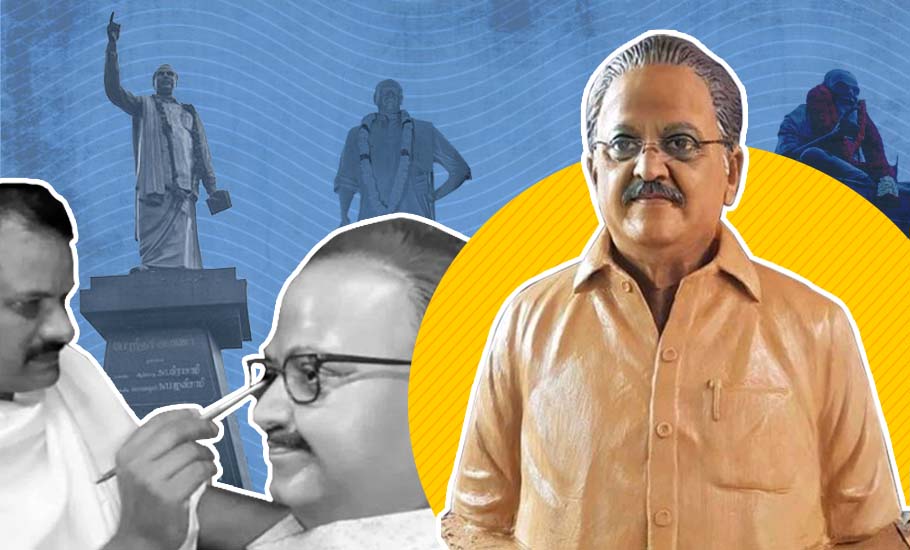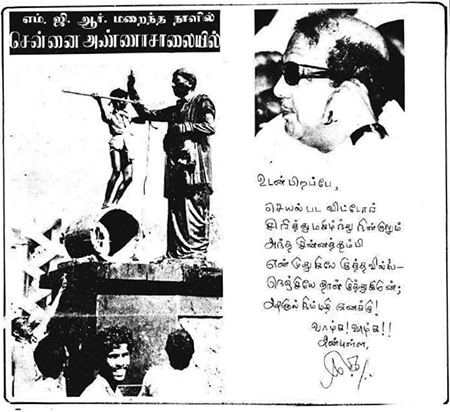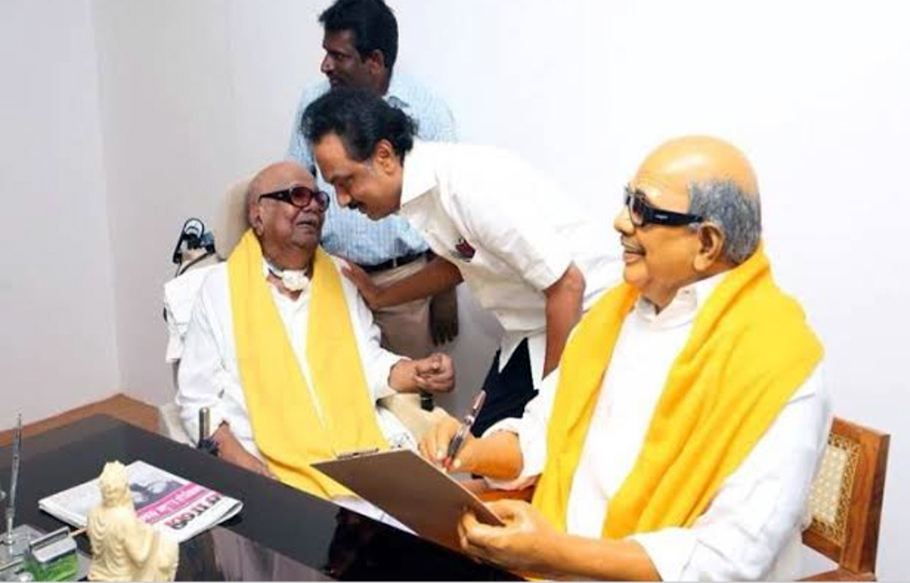
- Home
- India
- World
- Premium
- THE FEDERAL SPECIAL
- Analysis
- States
- Perspective
- Videos
- Sports
- Education
- Entertainment
- Elections
- Features
- Health
- Business
- Series
- In memoriam: Sheikh Mujibur Rahman
- Bishnoi's Men
- NEET TANGLE
- Economy Series
- Earth Day
- Kashmir’s Frozen Turbulence
- India@75
- The legend of Ramjanmabhoomi
- Liberalisation@30
- How to tame a dragon
- Celebrating biodiversity
- Farm Matters
- 50 days of solitude
- Bringing Migrants Home
- Budget 2020
- Jharkhand Votes
- The Federal Investigates
- The Federal Impact
- Vanishing Sand
- Gandhi @ 150
- Andhra Today
- Field report
- Operation Gulmarg
- Pandemic @1 Mn in India
- The Federal Year-End
- The Zero Year
- Science
- Brand studio
- Newsletter
- Elections 2024
- Events
- Home
- IndiaIndia
- World
- Analysis
- StatesStates
- PerspectivePerspective
- VideosVideos
- Sports
- Education
- Entertainment
- ElectionsElections
- Features
- Health
- BusinessBusiness
- Premium
- Loading...
Premium - Events

How SPB's statue added fuel to a spooky superstition

Is it a bad omen to have a statue of a living person? Does it bring bad luck? Did it happen in the case of singer SP Balasubrahmanyam who had asked a sculptor to build a statue of himself? Not too surprisingly, in a world full of unfounded beliefs even in the 21st century, such questions do crop up often. But there are hardly any answers as to why people still believe in such...
Is it a bad omen to have a statue of a living person? Does it bring bad luck? Did it happen in the case of singer SP Balasubrahmanyam who had asked a sculptor to build a statue of himself?
Not too surprisingly, in a world full of unfounded beliefs even in the 21st century, such questions do crop up often. But there are hardly any answers as to why people still believe in such superstitions.
SPB, as he was fondly called, after his 74th birthday last year had initially asked the sculptor to make statues of his parents (Sambamurthy and Sakanthulamma) to be unveiled at his Nellore house in Andhra Pradesh. However, the legendary singer later wanted his own statue as well, perhaps in anticipation of his 75th birthday celebrations.
SPB had sent his photos to the sculptor, D Rajkumar Vudayar, who runs a fine arts institute in Kothapet village near Amalapuram in Andhra Pradesh’s East Godavari district. Rajkumar, an ardent fan of the veteran singer, made a bust that looks life-like.
Had it not been for the Coronavirus pandemic, the statues would have been unveiled in August itself. Sadly, SPB too contracted the virus, resulting in his hospitalisation and eventual death on September 25. His death has come as a huge shock to his fans and the sculptor who was hoping to see the joy on SPB’s face when presented with the statue.
Whispers of premonition
Crestfallen fans have posted several blogs speculating that perhaps SPB had a premonition about his own death and that’s why he wanted to see the statue before leaving this world.
Truth be told, SPB had no such premonition. In fact, he had told interviewers not too long ago that he wished to live long.
Be that as it may, the death of SPB has set the tongues wagging.

What if it’s true? What if there is indeed a connection between statues of a living person and bad luck? At least the events related to three prominent personalities of Tamil Nadu after their statues were put up while they were still alive seem to suggest so. Or does it?
CN Annadurai: Fondly called Anna, the former chief minister had his moments of glory in 1967 when he led the DMK to power in Tamil Nadu.
In January 1968, the DMK government put up a statue of Annadurai on Anna Salai on the eve of the second World Tamil conference in Chennai.
A few months later, his health took a turn for the worse — he had to undergo treatment for cancer — and died on February 3, 1969.
Periyar: EV Ramaswami Naicker (popularly known as Thanthai Periyar), who founded the Dravidar Kazhagam (DK), was the tallest leader of the Dravidian movement that catapulted the Dravida Munnetra Kazhagam (DMK) to power despite differences between the DK and the breakaway DMK.
Periyar, however, was overshadowed by the meteoric rise of DMK leaders like Anna, VR Nedunchezhiyan and M Karunanidhi among others.
He did appeal to the public to bring back the Congress and K Kamaraj to power in Tamil Nadu but could not prevent the DMK’s electoral victories. He also appealed to Karunanidhi and MGR to patch up and prevent a split in the DMK. But here too, his attempts failed.
On September 17, 1967, Periyar’s statue was unveiled at the Trichy bus stand by then chief minister Annadurai, in the presence of K Kamaraj.
Speaking at the inauguration of the statue at Dharmapuri on May 24, 1969, Periyar, ironically, had said: “The purpose of installing my statue is to propagate my ideas [about rationalism].”
He died an unhappy man in 1973.
K Kamaraj: In October 1961, the then PM Jawaharlal Nehru made an exception to his policy of not unveiling statues of living persons when he came to Chennai and unveiled a statue of Kamaraj. Kamaraj was the first chief minister to allow his own statue to be unveiled, Nehru had remarked then. “I wish him many more years [in power] despite a statue being put up for him.”
Shortly thereafter in Tamil Nadu, the Congress went through a period of turbulence, witnessing a sharp rise in the DMK and growing resentment against the Congress. In 1963, while Kamaraj gave up chief ministership, the Congress’s popularity hit rock bottom in Tamil Nadu. It suffered serious setbacks in 1964-65 due to the anti-Hindi agitations and rice scarcity. Kamaraj himself lost the election in 1967. The Congress could not come back to power in the state even after 53 years.
M Karunanidhi: When Karunanidhi’s bust on Anna Salai in Chennai was damaged by rioters in the aftermath of MGR’s death in December 1987, and the DMK made no attempts to replace it with a new one, DK leader K Veeramani offered to repair the bust.
Karunanidhi declined saying he was not keen on a bust for himself.

Veeramani countered by saying that believers felt it was inauspicious for living persons to have their own statues. So, if Karunanidhi did not want the bust to be refurbished, it would strengthen the case of those who spread such superstitions and weaken the stand of rationalists, Veeramani argued. However, Karunanidhi did not relent, and the bust still remains so — vandalised.
Many still wonder whether Karunanidhi was aware of the superstition and saw an opportunity in the desecration of his statue to set things ‘right’ for himself.
In fact, it was Periyar who wanted to erect a statue of Karunanidhi in 1968 and again in 1971. But the latter put it off saying it could be done after the DK agreed for Periyar’s statue to be installed by the DMK.
Thus, Periyar’s statue came up in front of the Simpsons building on Anna Salai and Karunanidhi later agreed to have his own bust that was installed in 1975. Two years later, the DMK not just lost power in 1977 but successive elections too.

On the other hand, after refusing to repair his statue in 1987, Karunanidhi managed a comeback in the elections to the state Assembly in 1989, and thereafter did have several terms as chief minister (1989, 1996, 2006).
After Karunanidhi’s death in 2018, Veeramani said the DMK stalwart’s statue would be installed at the very spot on Anna Salai where it once stood.
According to Veeramani, his efforts to reinstall the statue failed to materialise in 1987-88 because Karunanidhi, his family members and many other DMK leaders were against the idea.
“Since there is an order against installation of statues on public roads, we will get the support of the government to install the statue,” he said in a statement.
A new Karunanidhi statue was installed in the Anna Arivalayam compound after his death.
Coming back to SPB, his statue would probably be unveiled by his family in the ancestral property at Nellore or the memorial slated to come up in Tamil Nadu’s Thiruvalluvar district, depending upon the family’s decision.
It seems the SPB story only serves to strengthen the belief that people ought not to have their statue built during their lifetime.
